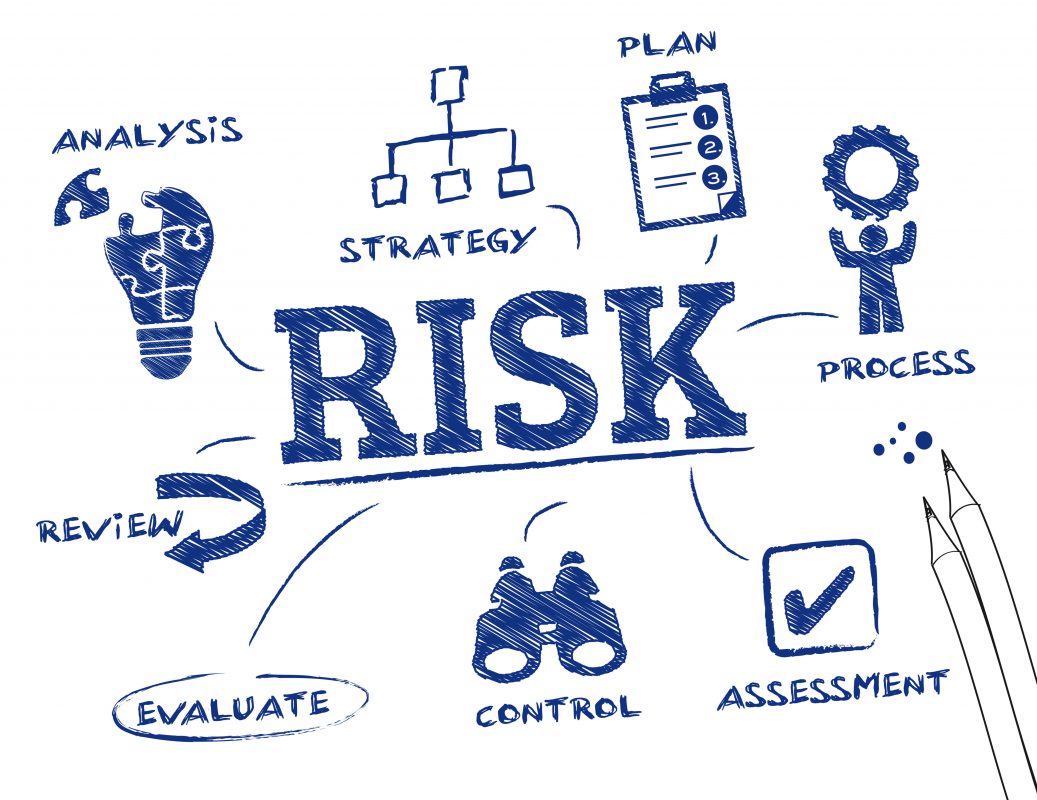PLAN FOR YOUR SAFETY
Escaping a toxic or violent situation is never easy, never your fault – and never impossible. We are here to help you ensure that all precautions are taken to ensure your safety.
Safety plans aims to optimize survivor safety at every stage.
When leaving a dangerous situation or toxic and violent relationship, the risk to the safety of the survivor is higher as the aggressor or abuser in this context will attempt to keep the survivor under their thumb. However, it is NOT impossible to leave the situation if one plans for safety ahead of time. Many survivors have survived this process.
Recognizing that survivors of violence understand their situation best, the steps recommended here may or may not be useful to everyone but it can be adapted to suit your unique circumstances.
Contact us at telenita@awam.org.my to come up with a safety plan.
Here are some key things to look out for:
-
- Plan ahead
- Identify safe friends and safe places
- Identify the essential items to take should one need or decide to leave home
- Include information about local domestic violence resources and legal rights
- Build on what a survivor you know is already doing to survive


